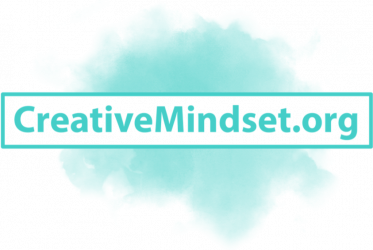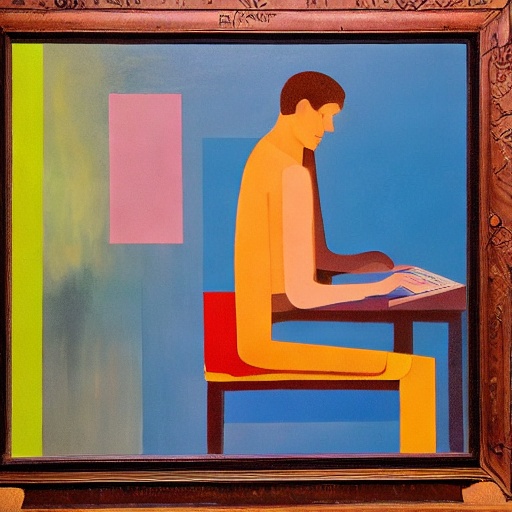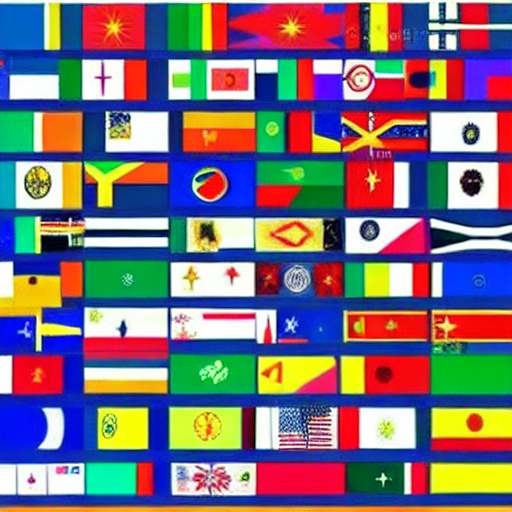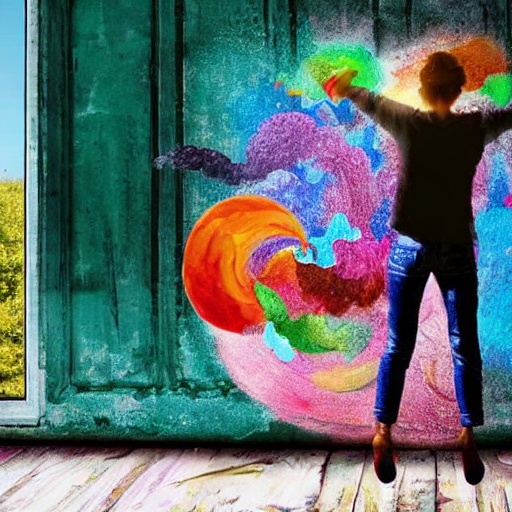
Creativity has long been acknowledged as an important aspect of human life, but did you know that it can also have a significant impact on your mental health? Studies have shown that engaging in creative activities can improve self-esteem, self-worth, self-efficacy, well-being, and can make depression, anxiety, and stress less noticeable. In this article, we will explore 10 ways that being creative can improve your mental health and wellbeing. Here are 10 ways that unleashing your creativity can improve mental health.
-
- Being creative can give you a sense of self-expression and satisfaction, which can boost your sense of self-worth and self-esteem.
- Engaging in creative activities can be a way to deal with stress because it helps people focus on the present and put their feelings into something positive.
- Expressing oneself creatively can also help you deal with hard feelings and experiences, like trauma or loss.
- Unleashing one’s creativity can make you feel better and lessen the effects of depression and anxiety.
- Tapping into one’s creativity can also help you stop thinking about bad things and worry less by giving you something else to do.
- Being creative can also help people become more self-aware and understand their own feelings.
- Embracing your artistic side can also give you a sense of accomplishment and purpose, which can be helpful for people who feel empty or like they don’t know what to do with their lives.
- Creativity can also help people feel like they belong and are connected to others because they can share their work and get feedback from others.
- Expressing you creative imagination can also promote better sleep, reduce stress and anxiety.
- Using your creativity can be an important tool for personal growth and self-discovery, helping people explore new parts of themselves and their abilities.
1. Being creative can give you a sense of self-expression and satisfaction, which can boost your sense of self-worth and self-esteem.

Creativity gives people a way to express themselves and use their unique skills and points of view. This kind of self-expression can boost self-esteem and self-worth, which is good for mental health as a whole. Studies show that being creative can improve self-esteem, self-worth, self-efficacy, well-being, and can make depression, anxiety, and stress less noticeable.
A study in the Journal of Creative Behavior found that people who do creative things on a regular basis feel more in charge of their lives, more independent, and more skilled. For example, a person who paints as a hobby said that they felt more in control of their lives because they could put their feelings and frustrations into their paintings and better understand their own thoughts and feelings. They also said that they felt more independent and capable because they could make something unique, and they were proud of what they had made.
2. Engaging in creative activities can be a way to deal with stress because it helps people focus on the present and put their feelings into something positive.
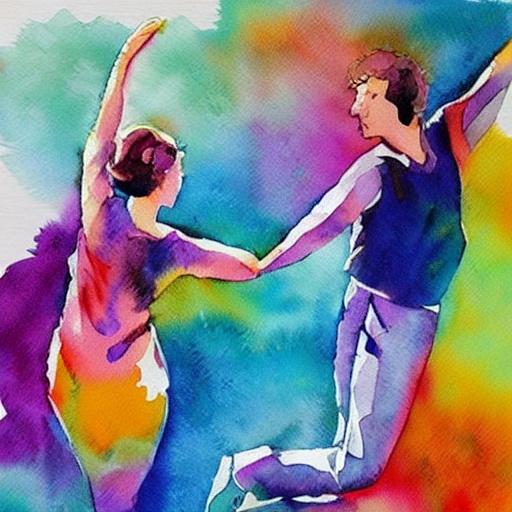
Research has shown that creativity can be used as a way to deal with stress. Creative activities can help relieve stress, depression, and anxiety. They can also lower your cortisol level, which is a stress hormone. This can help people feel calmer and less stressed in general.
A study that was published in the journal Arts in Psychotherapy found that people with less stress when they did art therapy. In another study, which was published in the Journal of Applied Arts and Health, it was found that people who took part in creative writing workshops had less anxiety and depression.
People who did creative things said they felt less stressed and more relaxed, according to a study published in the Journal of Positive Psychology. One person in the study who takes pictures as a hobby said they felt less stressed because they were fully in the moment when they were taking pictures, and trying to get the perfect shot took their mind off their problems. They also said they felt more relaxed because the creative process of taking photos, editing them, and looking at the final product is meditative and lets them take a break from their daily routine and focus on something good.
3. Expressing oneself creatively can also help you deal with hard feelings and experiences, like trauma or loss.

Getting involved in creative activities can give people a way to express their feelings without words and help them process and make sense of their experiences. Creative activities can help people better control their emotions, improve their mental health, and lessen the effects of PTSD, grief, depression, and anxiety. Also, it can help people come up with better ways to deal with problems.
A study published in the Journal of Trauma & Dissociation found that people with post-traumatic stress disorder had less trouble with their symptoms when they did art therapy (PTSD).
Another study that was published in the journal Arts in Psychotherapy found that people who had been through trauma who took part in creative writing workshops were better able to control their emotions and have better mental health. For example, a person who had been sexually abused went to a workshop on creative writing. As she wrote about her traumatic experience, she was able to express her feelings and work through her trauma in a safe and controlled environment. She said that writing helped her understand her own feelings, and that after each session, she felt like she had done something worthwhile. Also, the feedback she got from the group made her feel like she was more accepted and understood.
4. Unleashing one’s creativity can make you feel better and lessen the effects of depression and anxiety.
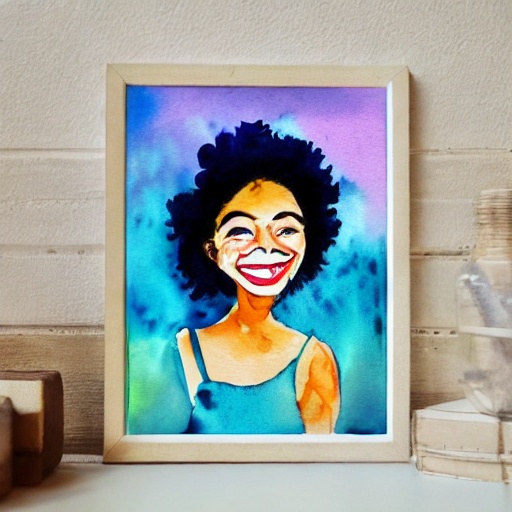
Creativity can give you a sense of accomplishment and satisfaction, and the process of making something can be calming and meditative. Research shows that creative activities can lead to an increase in positive emotions, a decrease in negative emotions, fewer signs of depression and anxiety, and an overall improvement in well-being.
In a study that was published in the Journal of Applied Arts and Health, it was found that people who took part in creative writing workshops had less anxiety and depression.
5. Tapping into one’s creativity can also help you stop thinking about bad things and worry less by giving you something else to do.

Rumination is when you keep thinking about the same bad thoughts and worries over and over again, which can make your anxiety and depression worse. Getting involved in creative activities can keep you from thinking about these bad things and give you a good way to express your feelings.
A study in the Journal of Clinical Psychology found that doing creative things is a good way to stop thinking about bad things and stop yourself from doing it. The study chose people who said they thought a lot and put them in either a group that did creative activities or a group that did nothing. The people in the creative activity intervention group met once a week to do different creative things like painting, drawing, and taking pictures. For example, a person in the intervention group who said they thought about things a lot took part in a painting session. She said that when she was painting, she was totally focused on the task and didn’t think about her bad thoughts. She said that after the session, she felt calmer and less worried. She also noticed that as she kept going to the creative sessions, she was less likely to keep thinking about her bad thoughts.
6. Being creative can also help people become more self-aware and understand their own feelings.
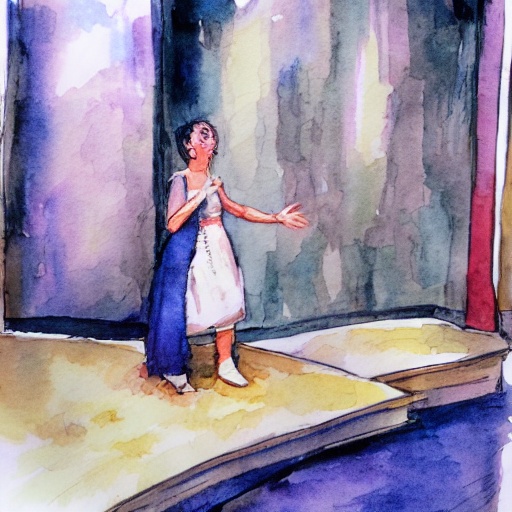
Getting involved in creative activities can help people access and deal with emotions that are hard to put into words. This can help them learn more about themselves. Creative activities can make you more self-aware, help you control your emotions, and improve your mental health.
7. Embracing your artistic side can also give you a sense of accomplishment and purpose, which can be helpful for people who feel empty or like they don’t know what to do with their lives.
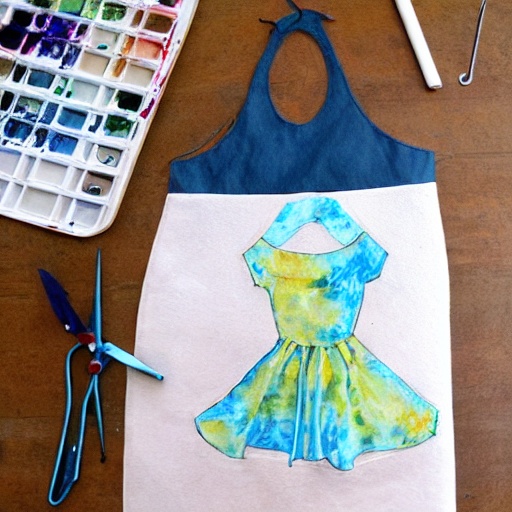
People can feel like they have a purpose in the world when they make something new. This is because they are adding something new to the world.
Also, it can help people who feel empty or like they don’t know what to do with their lives. When people engage in creative activities, they are able to focus on a task and see it through to completion, which can provide a sense of accomplishment and satisfaction. Also, making something new gives a person the feeling that they are adding something special to the world.
8. Creativity can also help people feel like they belong and are connected to others because they can share their work and get feedback from others.

Sharing creative work with others can bring together people with similar interests and passions. Getting feedback can make people feel validated and like they belong. Research shows that creative activities can increase feelings of community, social support, and social connectedness, which is good for mental health.
Studies in the Journal of Creative Behavior and The Journal of Applied Arts and Health found that people who do creative things on a regular basis feel more socially connected, like they belong to a community, and have more social support. All of these are good for someone’s mental health.
9. Expressing you creative imagination can also promote better sleep, reduce stress and anxiety.
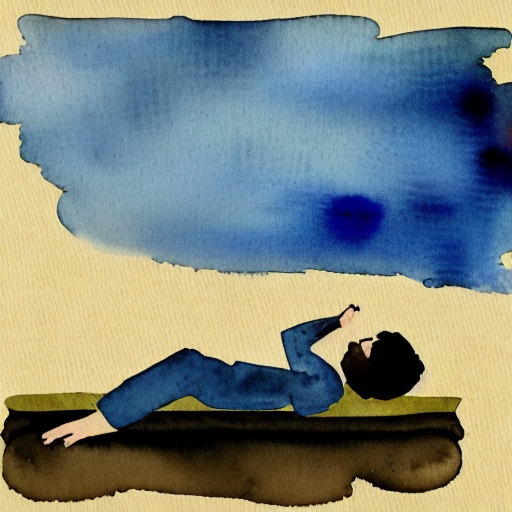
Creativity is a good way to relax and unwind before bedtime because it helps people deal with and let go of emotions or stress from the day, distracts them from negative thoughts, and makes them feel calm.
Research has shown that being creative can help you sleep better. A study that was published in the Journal of Sleep Research found that people who did creative things before going to bed slept better and had fewer problems with insomnia.
In another study, which was published in the Journal of Mental Health Training, Education, and Practice, it was found that doing creative things can help reduce stress and anxiety, which are common causes of sleep problems, and improve the quality of sleep.
10. Using your creativity can be an important tool for personal growth and self-discovery, helping people explore new parts of themselves and their abilities.
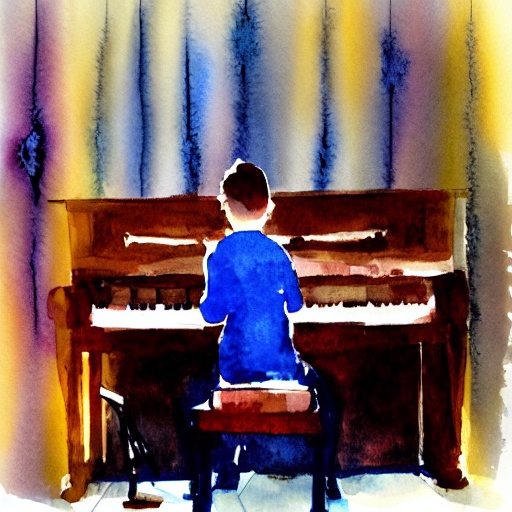
Getting involved in creative activities can help you realize your own potential and find new talents, interests, and skills. It can also help you understand your own feelings, thoughts, and motivations. Research shows that creative activities can help people learn more about themselves, grow personally, become more self-aware, and feel better overall.
A study from the Journal of Creativity in Mental Health asked people who were doing creative things like painting, writing, and photography to think about what they were doing and how it made them feel. For example, a painter who took part in the study said that she learned new things about herself while she was painting. She found out that she was more patient than she thought and that she could focus and concentrate better than she thought. She also said that the process of making her paintings helped her understand her own feelings, thoughts, and reasons for doing things. She also thought that by making something new and different, she had found out something new about herself.
10 creative things you can do right now!
-
- Write a short story or poem.
- Make a handmade card or gift for a friend.
- Draw or paint a picture.
- Take a photograph and edit it to create a new image.
- Create a playlist of your favorite songs.
- Design and plant a small garden.
- Cook or bake a new recipe you’ve never tried before.
- Learn a new word or phrase in a foreign language.
- Create a vision board or collage.
- Make a mini scrapbook or memory box.

Are you ready to improve your mental health and well-being? Take the challenge and unleash your creativity today! You’ll be amazed at the positive impact it can have on your mental health and overall sense of well-being. So, go ahead, pick up that brush, pen or camera, and start creating!
Facebook
Twitter
LinkedIn

